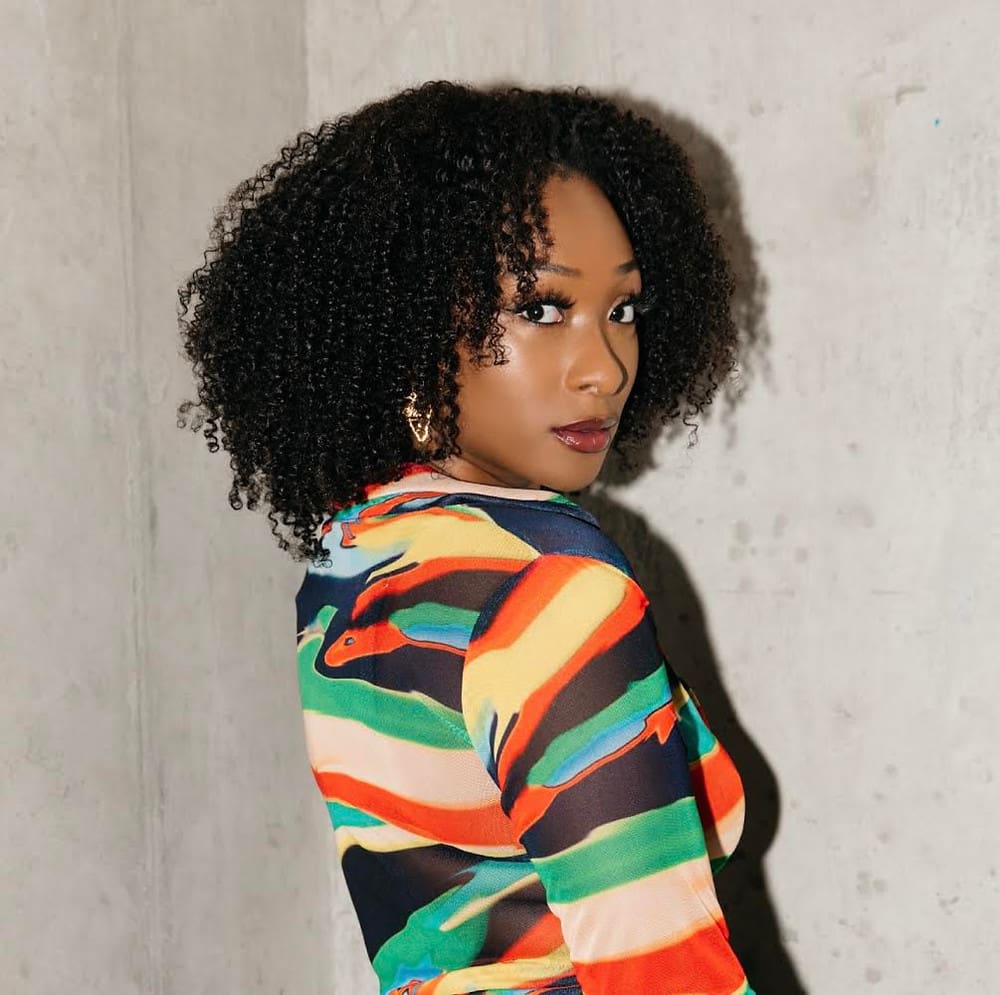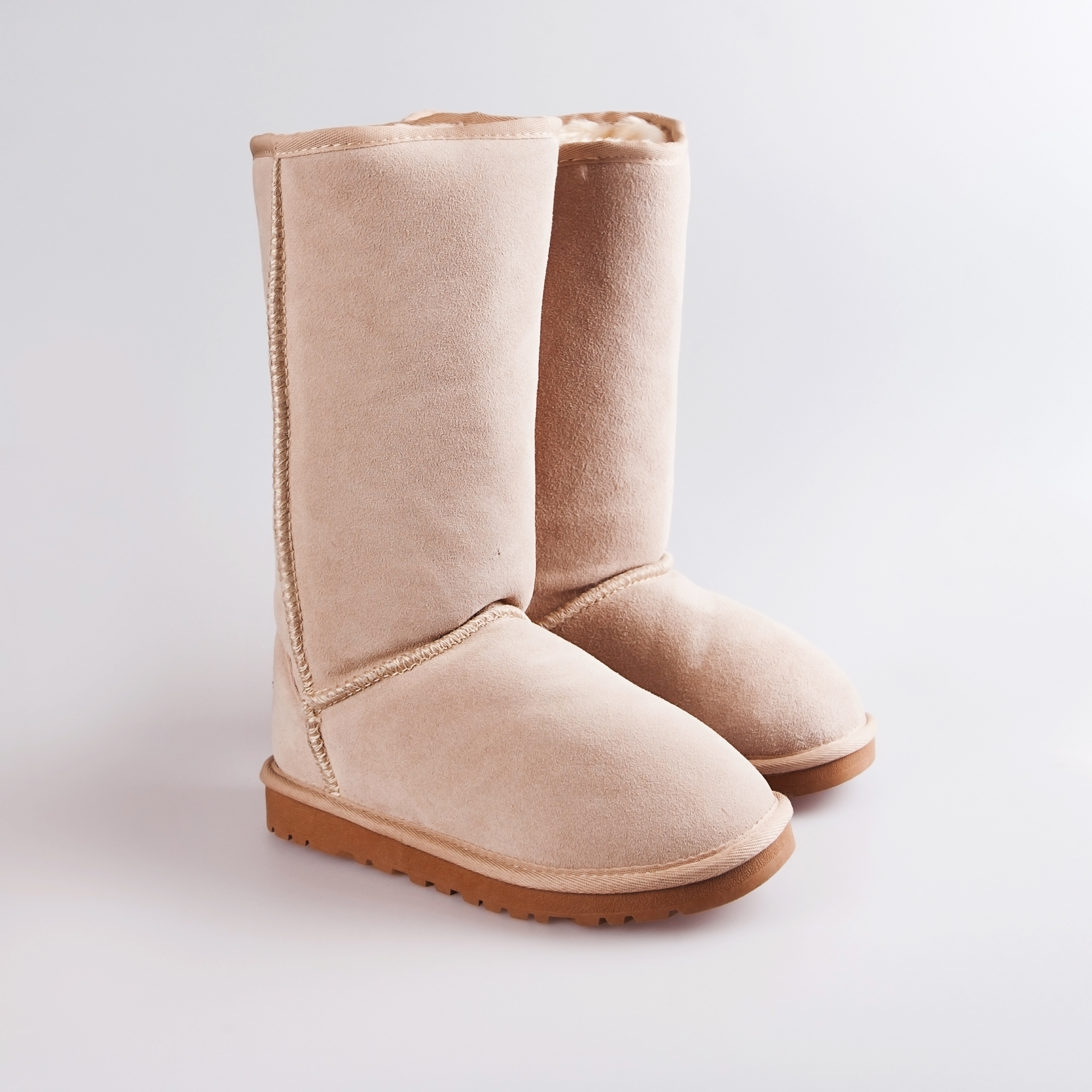It’s hard to believe that Uggs are some of the hottest shoes of the season this year. But according to the explosion of TikToks and Afterpay‘s metrics, sales from the shoe brand are booming! This isn’t solely the influence of Emma Chamberlain or adults looking back to their youth with rose coloured glasses. Afterpay’s in-house fashion psychologist, Shakaila Forbes-Bell, says if we look at the typical trajectory of trend cycles, there’s more at play here. We chatted with Shakaila about the psychology behind Gen Z’s rapid revival of mid-2000’s fashion obsessions, and her insights are nothing short of fascinating. —Noa Nichol

Hi Shakaila! Please tell us a bit about yourself to start.
In 2016, I became the first Black woman to earn a master’s in fashion psychology. My research area focused on the underrepresentation of Black models in the fashion industry, its impact on consumer behaviour and how young Black women perceive themselves. Today, I am proudly working in the field as a published fashion psychologist, a consultant, a veteran marketer, a writer and the founder and editor-in-chief of Fashion Is Psychology. As Afterpay’s in-house fashion psychologist, I provide insights for data-driven stories on consumer shopping behaviours and trends.
OK, let’s talk about Gen Z’s rapid revival of mid-2000s fashion obsessions. According to the explosion of TikToks and Afterpay’s BFCM metrics, sales from the beloved shoe brand UGG went up, way up, on Cyber Monday—and this isn’t solely the influence of Emma Chamberlain or adults looking back to their youth with rose-coloured glasses. As Afterpay’s in-house fashion psychologist, what can we glean by looking at the typical trajectory of trend cycles?
Historically, a certain style or trend typically takes around 20-30 years to come back into style, so some may say that Uggs are right on time. In the 2000s, they were an aspirational footwear style. However, there are other factors at play here. Just like the resurgence of Crocs, the pandemic and our penchant for comfort dressing is the real influencer here. Uggs are the perfect comfort shoe. They are cosy and warm for indoor use and perfect for a quick run to the store. Uggs are also a genderfluid accessory and appeal to everyone.
How would you define a trend cycle?
When a fashion trend gains traction, it usually is a re-emergence of a previous trend done in a fresh way. There are so many factors that influence how a trend is recycled, including iconic celebrity moments and the influence of social media. Once a trend peaks, it will decline until it is considered outdated. However, the current state of the fashion industry is putting a spin on this. Instagram and Tiktok are disrupting the traditional trend fluctuations, with the quick rise of specific micro-trends that gain popularity outside of the traditional fashion cycle. UGG’s are one of these trends, both considered trendy and cheugy at the same time. The rise of microtrends speaks to the larger redistribution of power as a result of social media.
What is it about the 2000s and Y2K that is so appealing to Gen Z in comparison to other decades?
With nostalgia cycles shortening, we’re beginning to look for inspiration in our more recent past. Y2K is an aesthetic that exudes youth and fun, with a sort of techno-utopianism layered in. The internet as we know it was just emerging, and social media platforms had not yet disrupted our culture. It was vibrant, especially seen within various rave subcultures, like the kandy kid aesthetic. Specifically, the Y2K era didn’t take itself as seriously.
Can the popularization of thrift-culture be pointed to as a revival of these fashion staples?
Definitely. One reason for the fierce adoption of this era can be attributed to Gen Z’s strong liking of thrifting and upcycling fashion. The current selection on the Value Village rack originates from the closests of millennials, driving the rise of the 2000s look. The ethos behind new-age thrifting is to find staple pieces second-hand, or reinventing what they have while being mindful of the fast fashion industry. Those who kept their tall Ugg boots or found them at the thrift store have been seen cutting them into the more trendy ankle boot style. Gen Z consumers are increasingly seeking sustainable fashion solutions, and demand from this generation has accelerated innovation in the fashion industry overall. It’s all about making conscious purchases.
Why are those who’ve lived through the era slower to re-adopt these trends from their youth?
Most trends can be associated with the growing pains of being a teenager or young adult, which can create a certain level of negative associations to an era. It is possible that these factors have played a role in why millennials aren’t so quick to adopt these trends and relive those times. Plus, they have already disengaged from the trend, associating Y2K with their youth and lack sufficient time to distance themselves from that era of their lives
What mid-2000s trend are you most excited to see coming back?
Personally, I’m excited to see the revival of cargo pants especially as it’s coinciding with the continued rise of tiny baguette bags. It’s often the case that the styles we love are simply not practical so I’m loving the fact that functional fashion is back on the scene. Who doesn’t love a good pocket?
afterpay.com

Be the first to comment